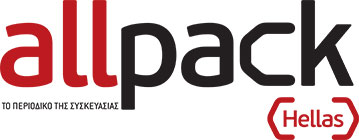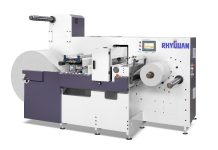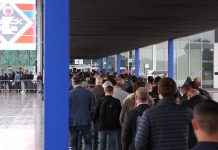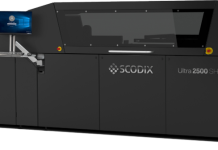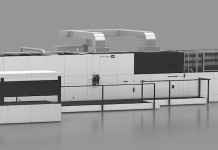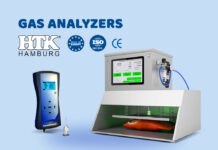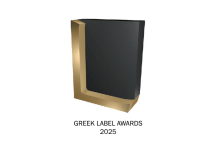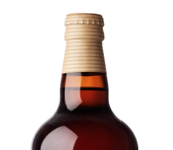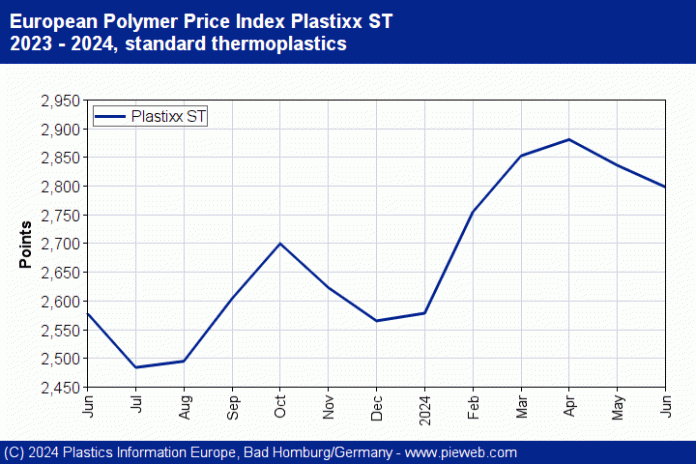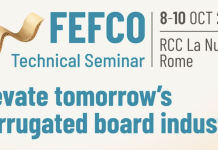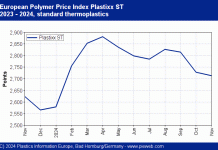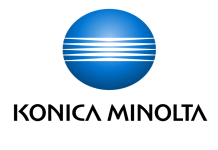Discounts in some cases exceed monomer reduction / Weak demand continues / As an exception PET trends firmer, with more orders / Many cases of fewer import volumes on the market
PE: Most polyethylene prices fell in June by the same amount as the reduction in the cost of the monomer (EUR 30/t). Only in a few exceptional cases did producers manage to get by with smaller price cuts up until mid-month, but were then forced to grant the full reduction. In other cases that could not be generalised, there were larger falls due to cheap imports. While the production cutbacks in Europe were gradually achieving the desired effects, imports ensured adequate supply of the market. Only in a few areas of application did the long production month create the hoped-for effect. Nevertheless, demand here and there recovered slightly, while pharmaceuticals and medical technology ordered at a solid level. The order books of many converters are only sparsely filled before the start of the holiday season, and any stimulating impulses are highly unlikely in the coming weeks. On the price front, following the rollover of C2 in the July contract, very little is likely to happen. Only with specialities could there be minor increases.
PP: Under normal circumstances, four force majeure announcements in June would probably have shaken the polypropylene market to its core. However, with weak demand and generally good supply, such calamities left both processors and producers unburdened. The reduction in the C3 contract for June, by EUR 30/t, was therefore largely passed on – discounts for polymers averaged between EUR 25/t and EUR 35/t. Due to the continuing slump in demand, some suppliers were also quite willing to talk about special offers. Impulses from the application sectors were almost entirely absent – many processors are clearly holding back on purchases due to the subdued ordering situation. Only a few companies increased their stocks slightly in order to avoid potential supply problems over the summer. The situation is expected to change slightly in July. The propylene contract showed a rollover, which, in view of a fairly balanced market, will also serve as a guideline for polymer negotiations. Delayed deliveries from major suppliers in the Middle East, which are now not due to arrive until August, are causing uncertainty. However, as demand is also likely to fall further during the summer months, availability is expected to remain tight, but supply might still be completely sufficient.
PVC: It’s business as usual in Europe. Demand is bobbing along sluggishly, while supplies are abundant. Plenty of material was available above and beyond the contracts, and producers attempted to push this onto the market for better or for worse. No stimulus came from construction. Only renovations are faring quite well, and certain areas of the pharmaceutical sector proved to be robust. Other industries, such as automotive, are still struggling. From 12 July onwards, the EU is imposing provisional punitive tariffs on S-PVC imports from the US and Egypt. This is set to drastically reduce the volume of imports, which Eurostat has put at some 20,000 t/month between November 2023 and April 2024. And even though, for many weeks, freight rates for imports from East Asia have only been heading in one direction, namely upwards (making business with Asian suppliers unattractive in price terms), no material bottlenecks are to be expected in Europe. The unexpected failure of the Anwil plant in Poland is not expected to change this. The tighter supply situation is unlikely to cause existential hardship for converters if the increased global price level boosts producers’ export endeavours towards Turkey and India. Market observers expect little movement in July. The rollover for C2 ought to make for stability. The failure at Anwil is likely to have a slightly stabilising effect at best. There should be no lack of volumes to fulfil contracts, particularly since demand in the summer will typically fall even further from its current, low level.
Styrenics: The hope that demand for styrenics might pick up again in June – that is, in the short period between May (with its public holidays) and the oncoming summer holiday season – has not been fulfilled. The producers’ attempts to restore depressed margins by keeping the lion’s share of the styrene cost reduction when fixing sales prices for polystyrene, EPS, and ABS have thus been undermined. To the contrary, the already weak demand was further stifled when processors cancelled their volume calls in anticipation of falling prices and bought only essential volumes. As a result, many suppliers felt compelled to grant additional discounts. Particularly for orders in the second half of the month, these often exceeded the cost reduction. The speculations among processors came true: in July, the styrene reference declined once again – actually, it dropped quite significantly by EUR 138/t. Things being as they are, further discounts are inevitable for the opening month of Q3. In view of the fact that demand is likely to remain weak with the onset of the holiday season, discounts are likely to be in the three-digit range, at least for PS and EPS. Meanwhile, the largely stable components, butadiene (rollover) and ACN (down EUR 2/t), are slowing the downward trend for ABS.
PET: June 2024 saw a significant improvement in demand on the European PET market. At the same time, distributors, retailers, and a large number of converters had low levels of raw material in stock. High freight costs and numerous delays meant that the customary import volumes to cover this sudden upturn in demand were lacking. European producers didn’t fail to notice that the market was becoming increasingly dependent on their volumes. And, after some large quantities were supplied on the basis of a rollover to begin with, call-offs underwent a corresponding rise in the course of the month. All in all, however, price hikes remained moderate. The market situation is set to tighten further, since significant import volumes cannot realistically be expected to arrive before the end of August. The rising demand will thus essentially have to focus on European offers. Irrespective of feedstock prices – the PX reference for June was not fixed even at the end of the month – suppliers will likely take advantage of the situation to improve their long-suffering margins. Despite the rising raw-material costs, the basic mood is now noticeably positive for the first time since Covid, elevated by the European Football Championship, the Olympics, warmer weather, and increasing European tourism figures – it’s all hard to believe after such a long period of gloom.
For more than 35 years, PIE has been an invaluable source of information for European plastics industry decision makers – a quick, yet in-depth look at the development of plastics markets and polymer prices. Available online 24/7 and as a printed newsletter twice a month. To read the entire report, go to www.pieweb.com and sign up for a 48-hour free trial!
